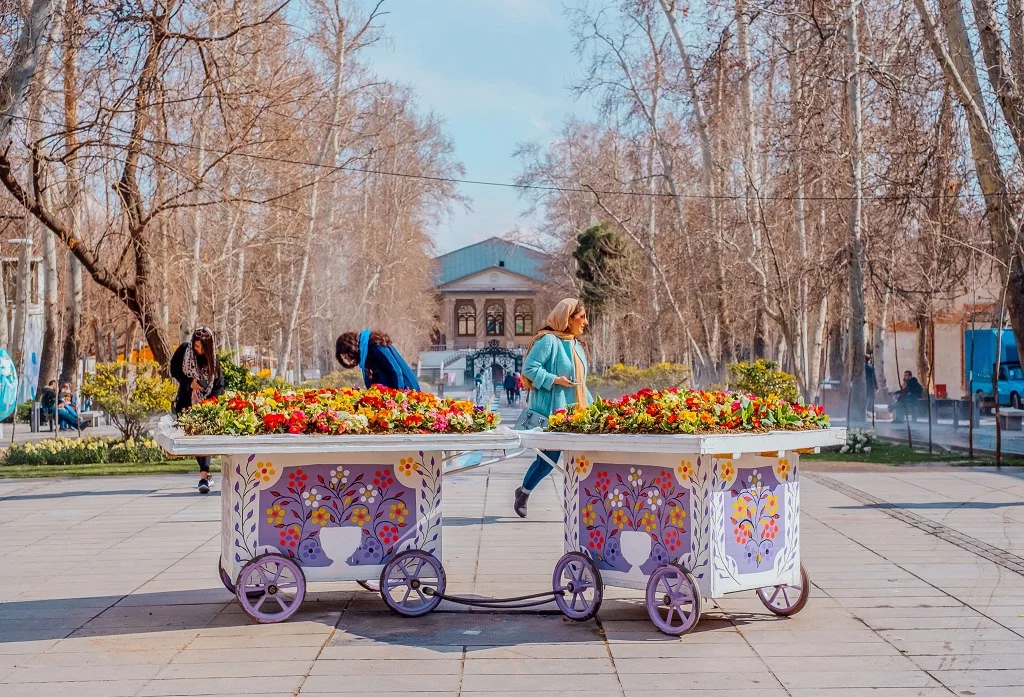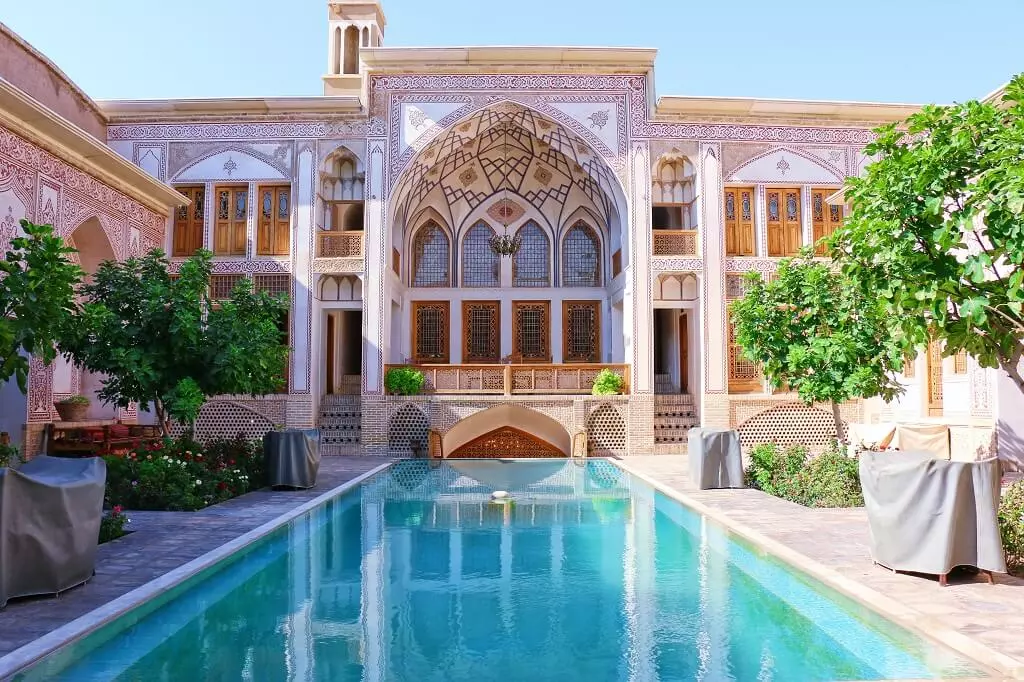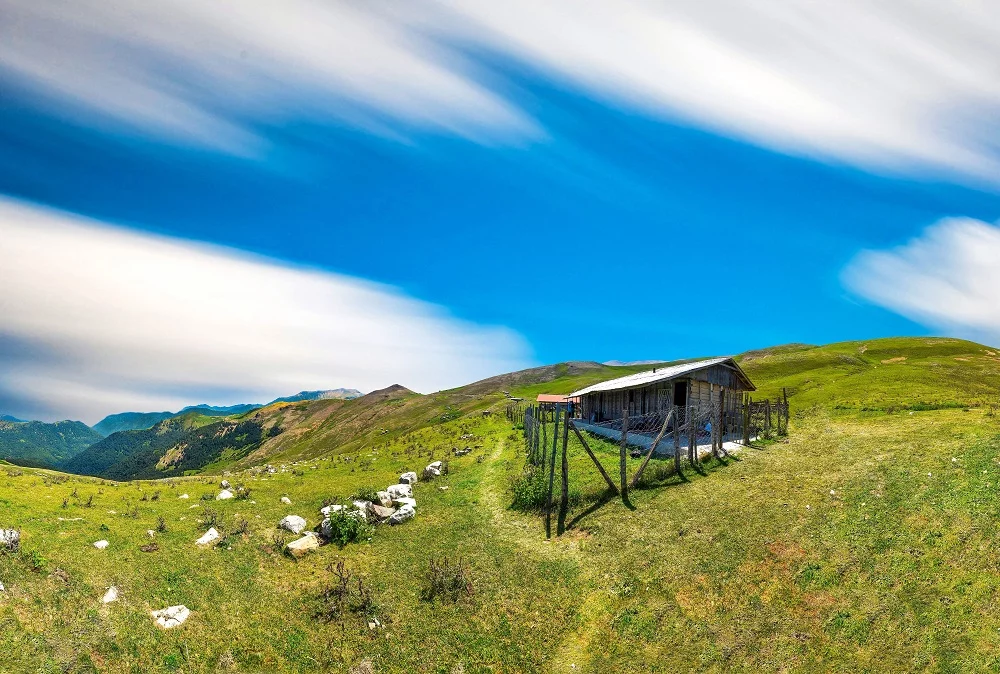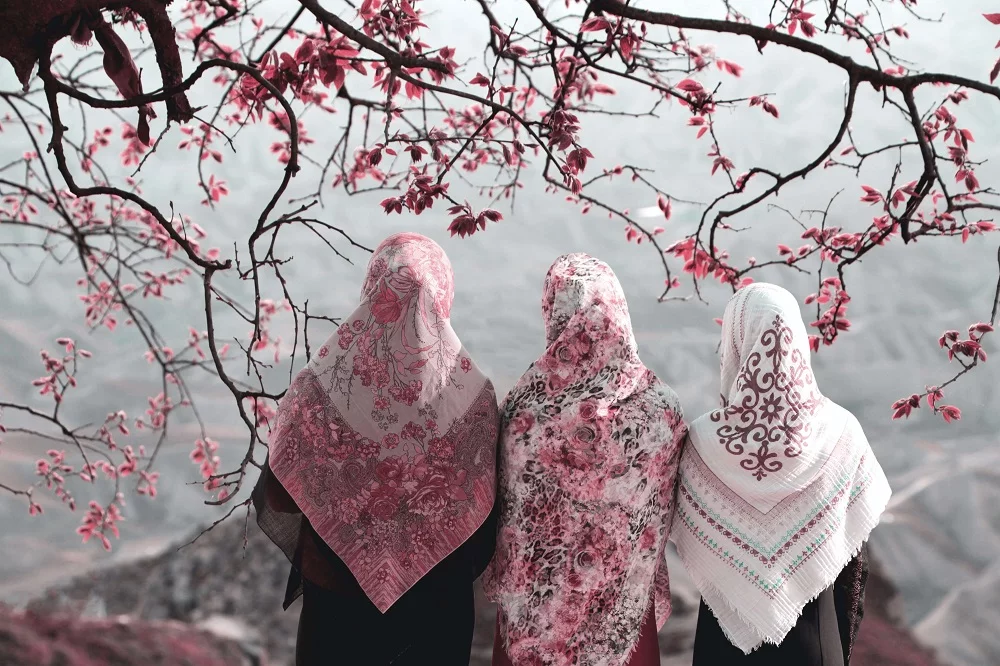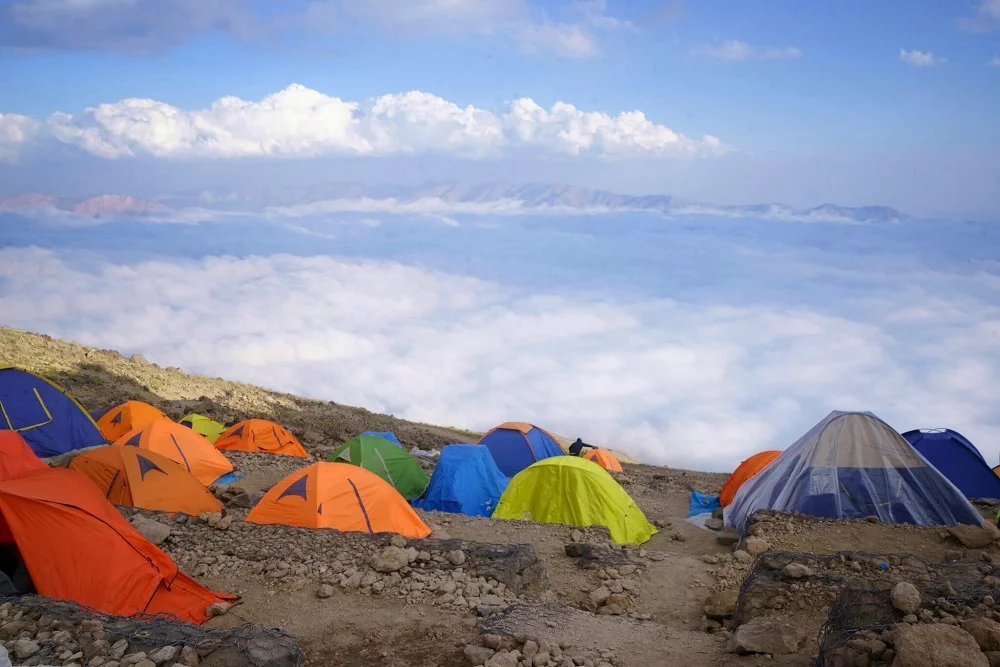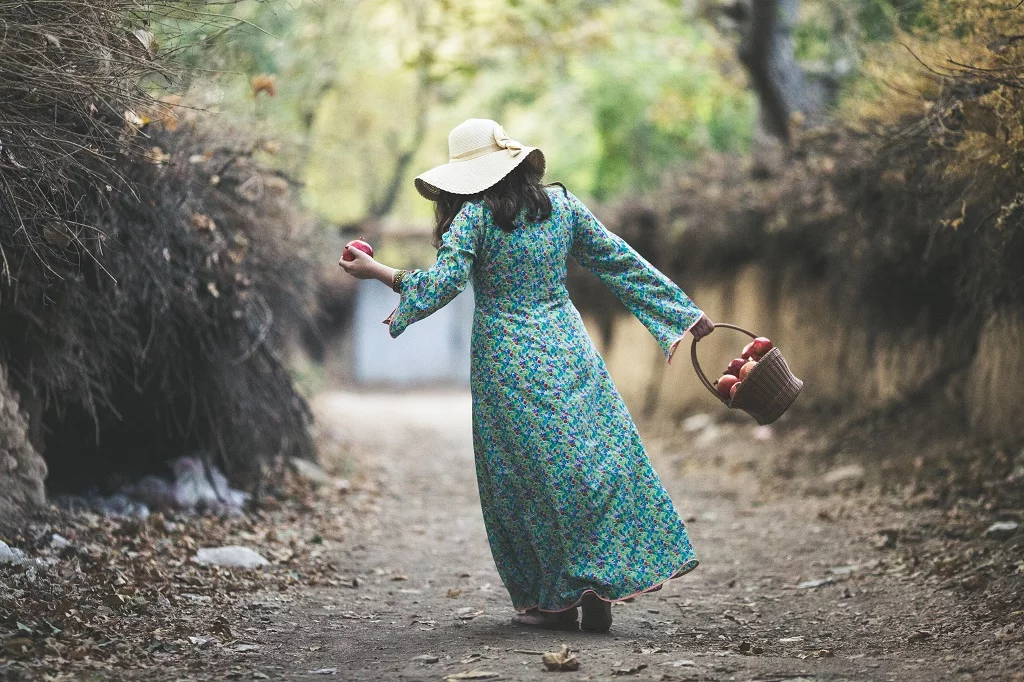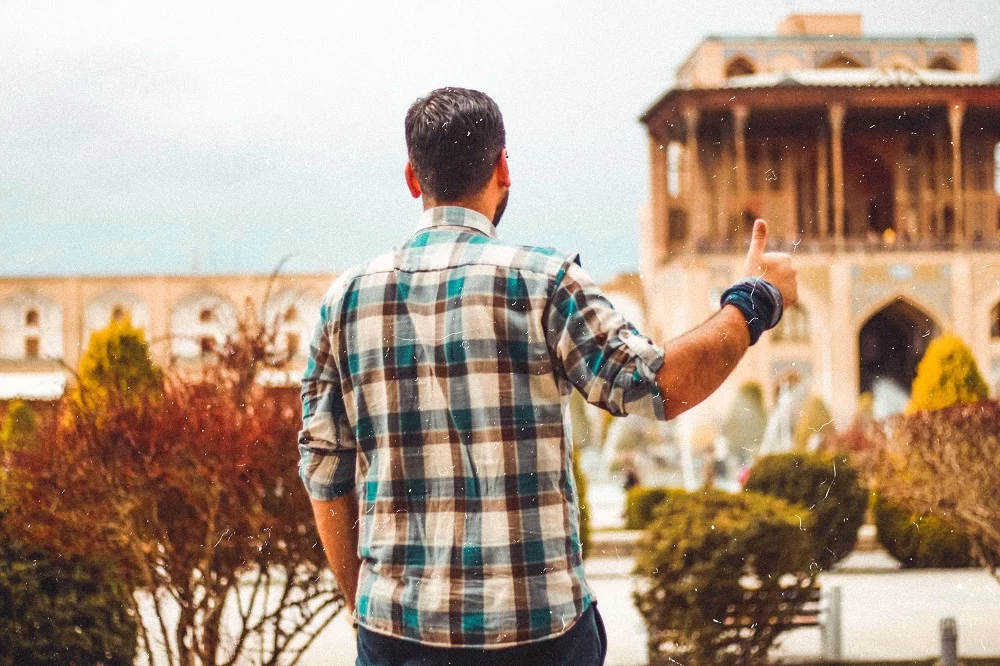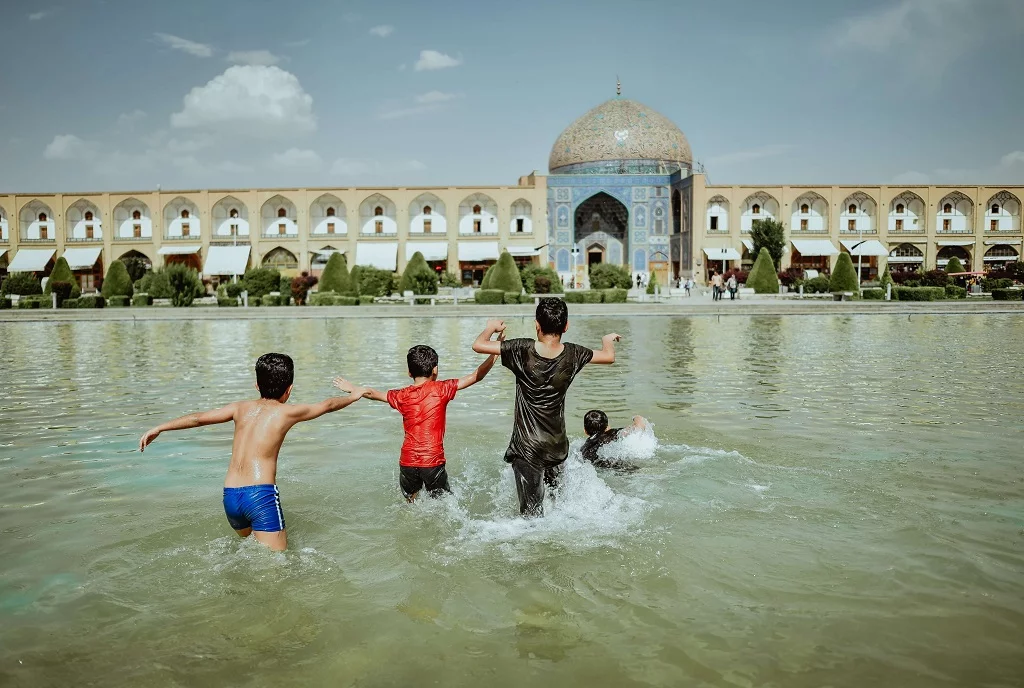The best time to visit Iran varies depending on your interests. Whether you’re drawn to cultural immersion or adventurous trekking, Iran has something to offer. Its enchanting architecture, tranquil deserts, rugged mountains, and lush jungles make it an irresistible destination. With various experiences awaiting, Iran invites travelers to explore its captivating landscapes and immerse themselves in its rich heritage.
Iran is a country of four seasons. In the northwest, winters arrive with biting cold and heavy snowfall, often accompanied by sub-freezing temperatures. Springs and autumns offer mild weather, perfect for outdoor exploration, while summers bring dry, scorching heat. Despite these regional variations, Iran’s climate offers something for every traveler throughout the year. In the winter, you can indulge in skiing adventures in the north near Tehran, then swiftly transition to the warmth of the deserts like Maranjab or Mesr in Kashan, providing a unique opportunity to experience contrasting landscapes in a single journey.
Seasons in Iran
Spring: High Season in Iran
Spring, from March to May, is an ideal time to explore Iran, marking the peak travel season. With temperatures neither too hot nor too cold, you can experience favorable weather conditions for traveling throughout the country. However, due to the popularity of this season, prices tend to be higher, and accommodations may fill up quickly, making advance reservations advisable. This period presents the perfect opportunity to try classic tours of Iran and partake in cultural customs such as Nowruz and Golab Giri.
Visit Iran from March to April
- AVG. DAYTIME TEMP.: 23 C
- AVG. NIGHTTIME TEMP.: 12 C
- AVG. RAINFALL: 20 mm
Spring in Iran brings a rise in temperatures, reaching a comfortable range for travelers:
- In March, coastal areas offer refreshing weather, southern regions are slightly warmer, and mountainous areas remain pleasantly brisk, with temperatures typically staying above 10°C.
- By April, temperatures become even more pleasant, making it an ideal time for activities such as hiking in the cooler, less humid north or experiencing outdoor adventures in the deserts.
- This period also presents an excellent opportunity to explore arid regions like Persepolis and cities such as Yazd, where the weather is warmer but still enjoyable for sightseeing.
Summer: Low Season in Iran
Weather in Iran from June to August
As summer arrives in Iran, there’s a slight decrease in precipitation. From June to August, the number of visitors to Iran decreases, leading to attractive discounts on tours and experiences. However, temperatures rise significantly across the country, especially in cities like Shiraz, Yazd, and Kashan. Despite the high temperatures, early mornings and evenings offer opportunities for sightseeing in cities such as Kerman, Yazd, and Shiraz.
Alternatively, travelers can escape the heat by heading to the northern regions of Iran for hiking and trekking in the refreshing coolness of the Alborz mountains. Popular destinations for outdoor adventures include Mount Damavand, Alamut, and Tochal. It’s worth noting that this period also sees a surge in domestic travelers seeking summer vacations, so it’s advisable to book accommodations and tickets in advance whenever possible.
- AVG. DAYTIME TEMP.: 36 C
- AVG. NIGHTTIME TEMP.: 22 C
- AVG. RAINFALL: 10 mm
Autumn: Shoulder Season in Iran
Weather in Iran from September to October
Autumn brings refreshing rains to Iran, with the highest precipitation occurring in October. During this month, temperatures typically range between 22 and 25°C (72-77°F), providing pleasant weather for exploring the country without the crowds. As November approaches, temperatures start to decline, signaling the onset of colder weather. October is the prime time to experience the desert landscapes and try desert tours in Iran.
This shoulder season offers an ideal opportunity for real-time adventure in the desert, with a drop in accommodation prices and flight tickets compared to peak season. With the rush of tourists subsiding, travelers can fully enjoy the beauty of Iran without the hassle of large crowds. Overall, autumn proves to be an excellent time to visit Iran for a memorable journey.
- AVG. DAYTIME TEMP.: 19 C
- AVG. NIGHTTIME TEMP.: 10 C
- AVG. RAINFALL: 10 mm
Discover the stunning landscapes and natural wonders of Iran's deserts from the comfort of your home with Iran 360 Virtual Natural Tours.
Winter: The Preferred Low Season in Iran
Best Time To Visit Iran: From November to February
Between November and February, tourism in Iran slows down, except for skiing enthusiasts heading to resorts like Tochal, Shemshak, and Dizin. This period offers the perfect opportunity for skiing in the north or exploring the warmer southern regions. However, be prepared for chilly temperatures in Tehran and northern Iran, necessitating warm clothing.
Many hotels and resorts offer enticing prices during this off-peak season, making it an ideal time for budget-conscious travelers. Alternatively, consider visiting southern cities and islands such as Chabahar and Kish for milder weather. Winter in Iran brings cultural experiences like the Yalda Festival, where visitors can take part in Iranian traditions and listen to ancient Persian stories, providing insight into the country’s rich heritage.
- AVG. DAYTIME TEMP.: 14 C
- AVG. NIGHTTIME TEMP.: 4 C
- AVG. RAINFALL: 20 mm
